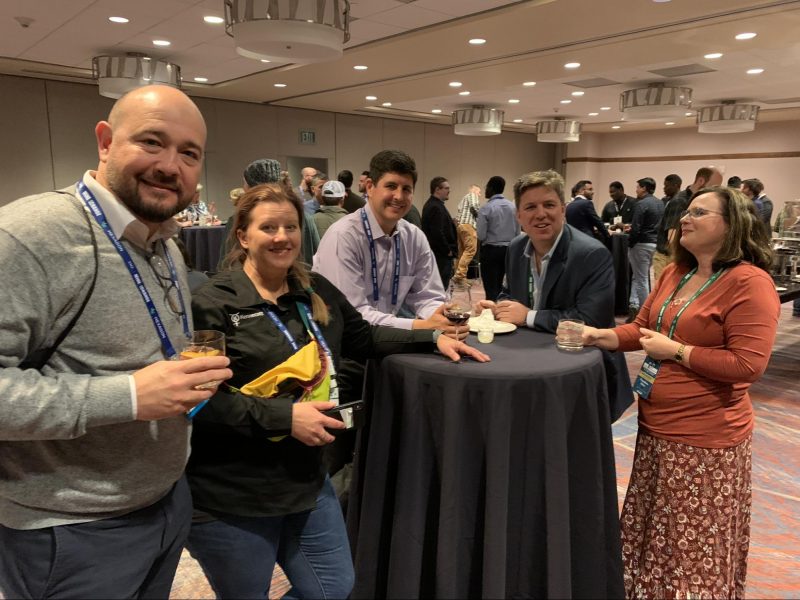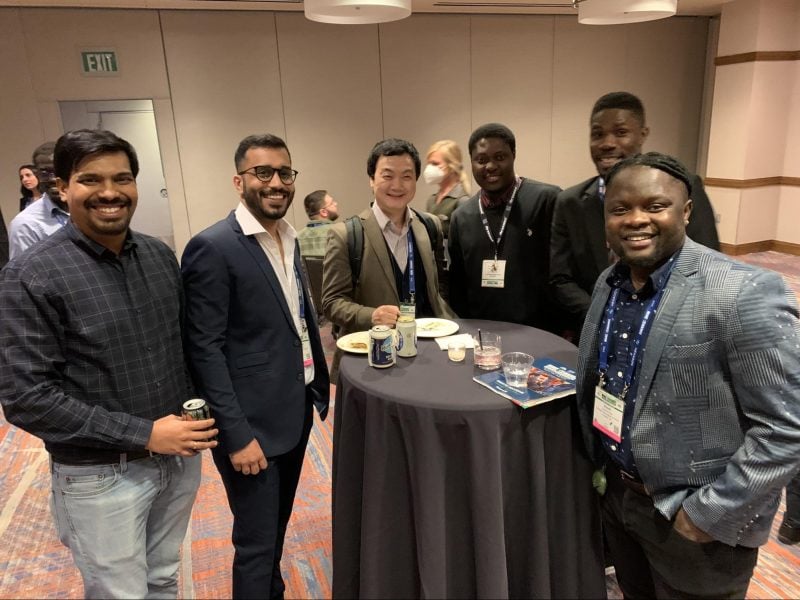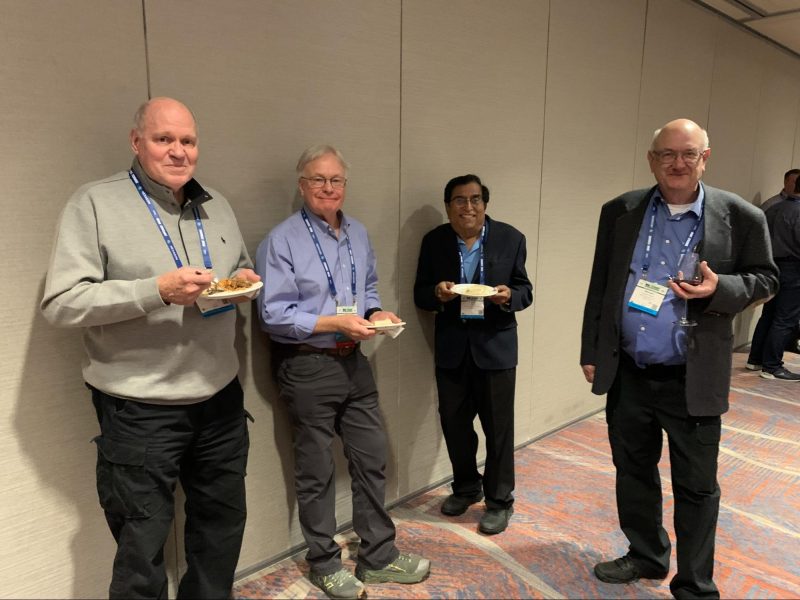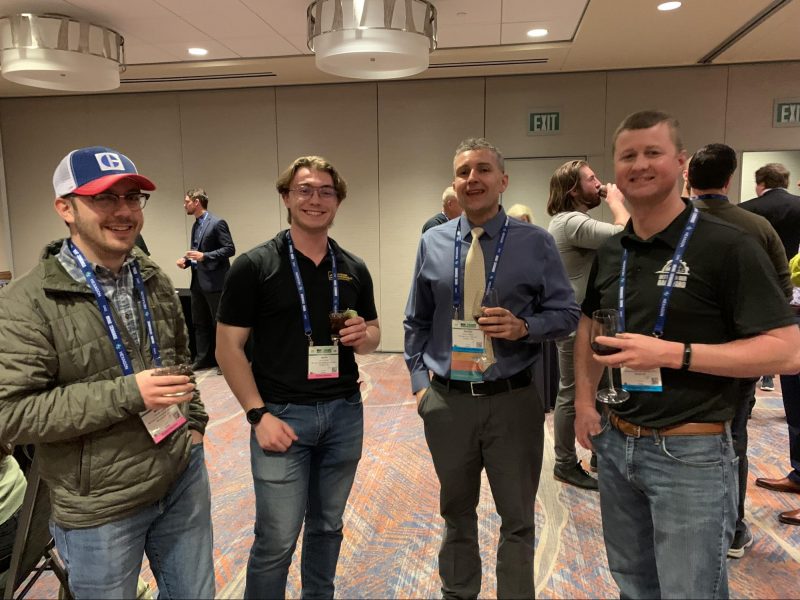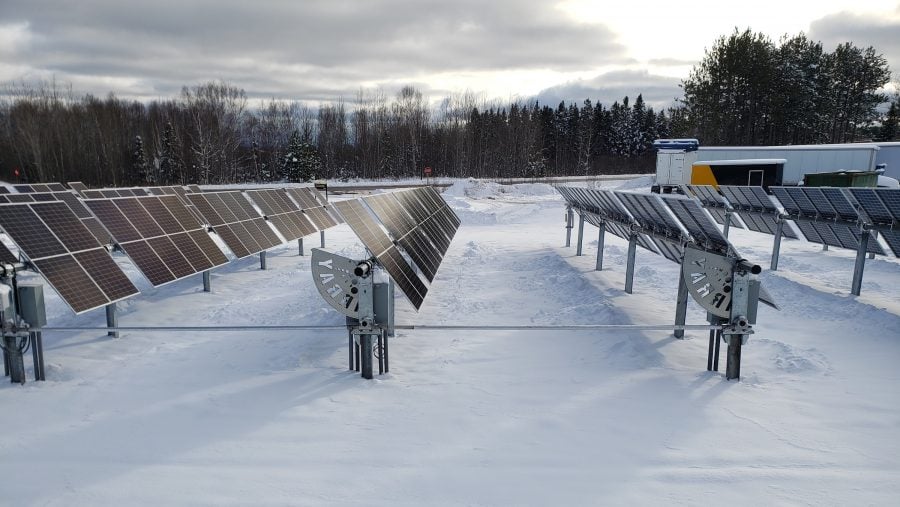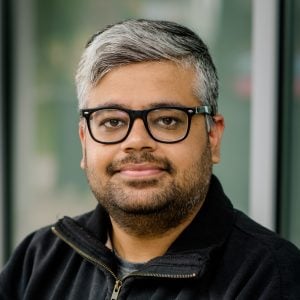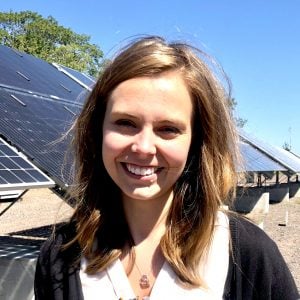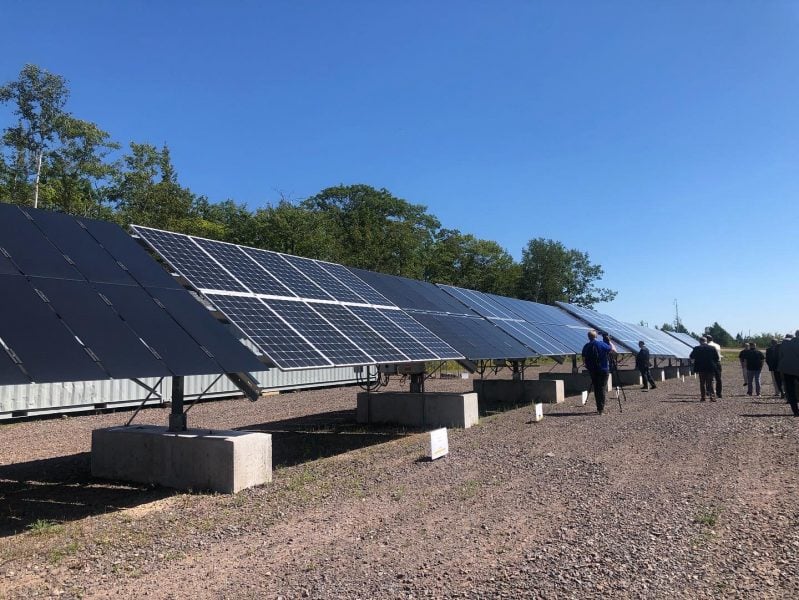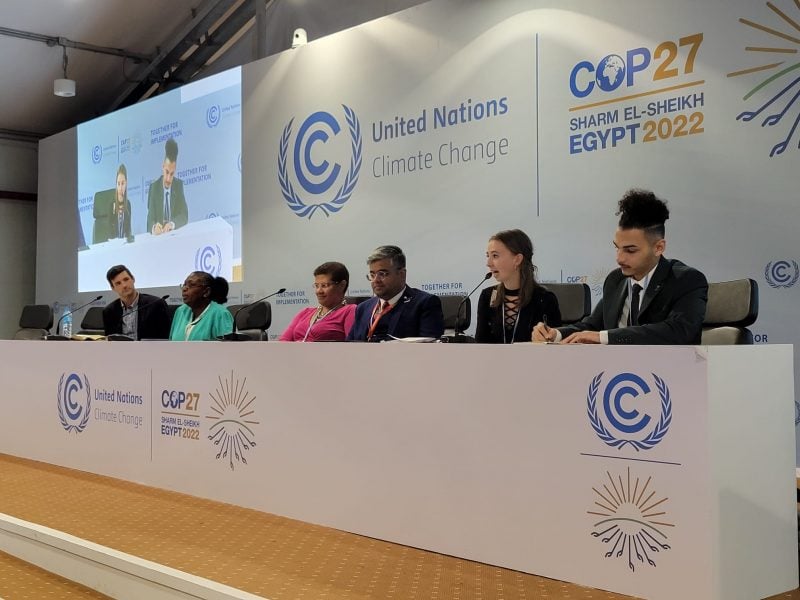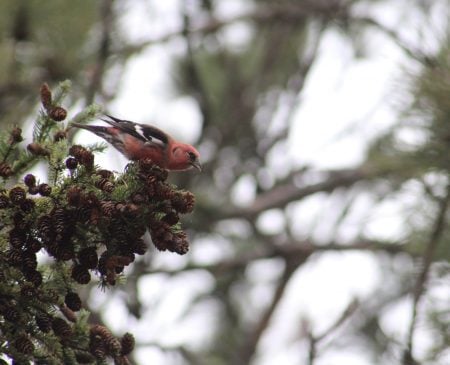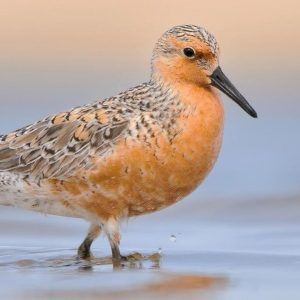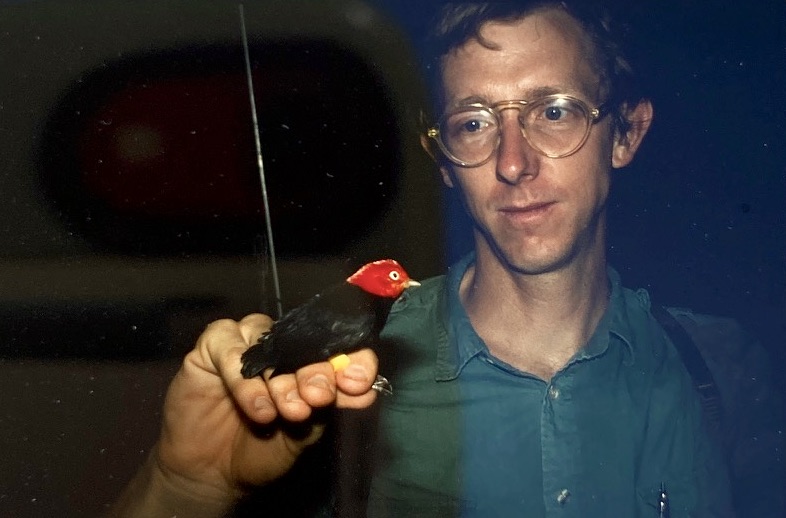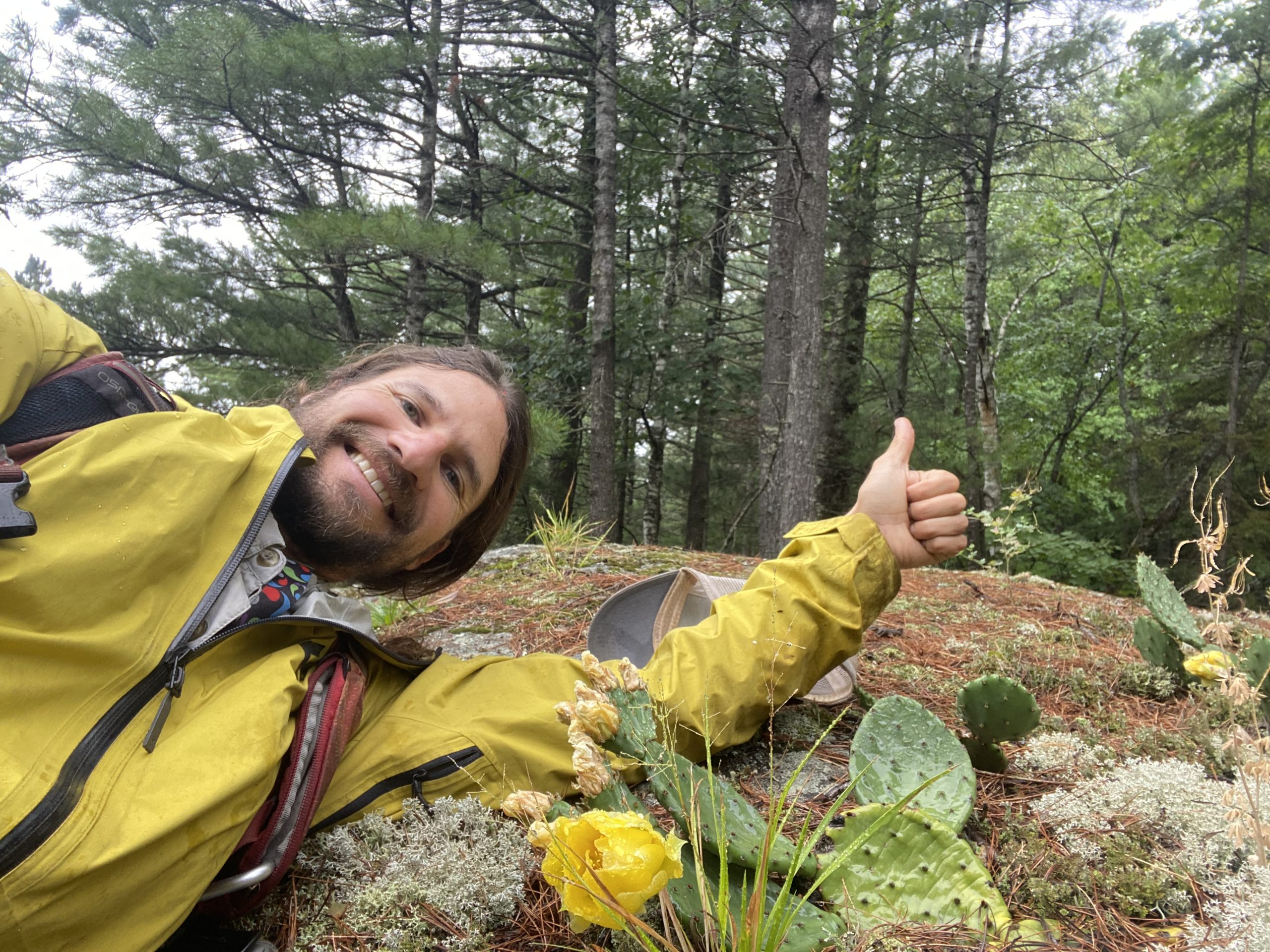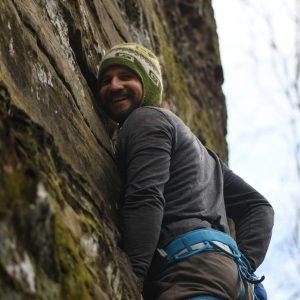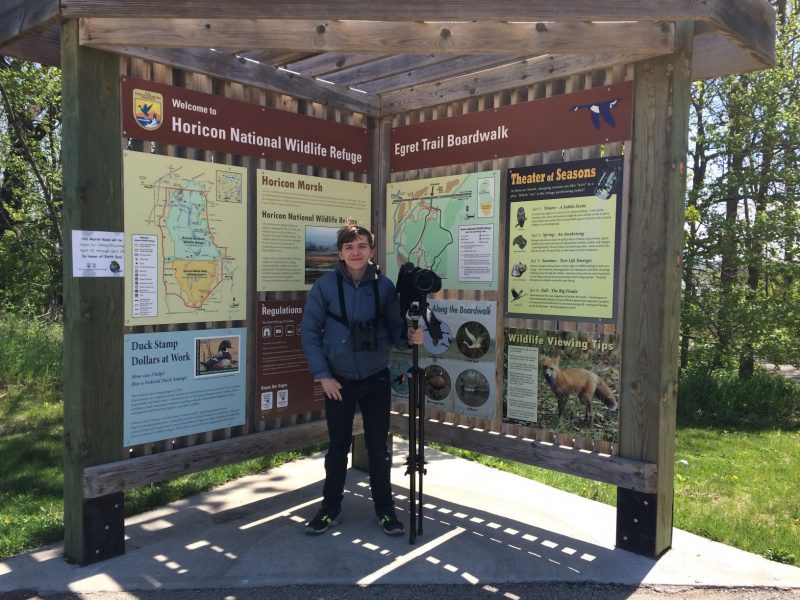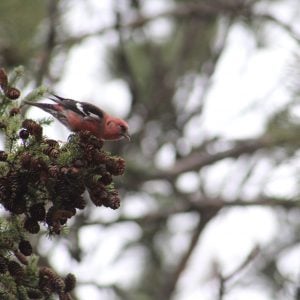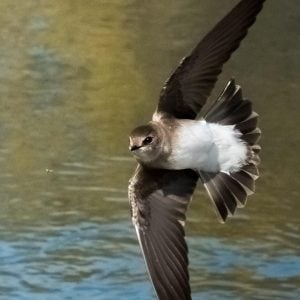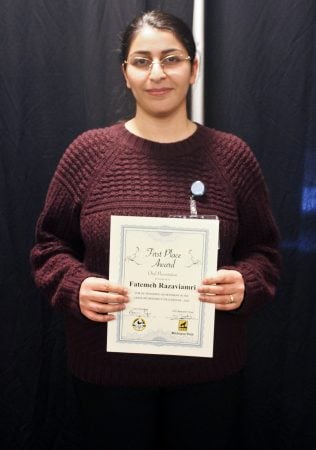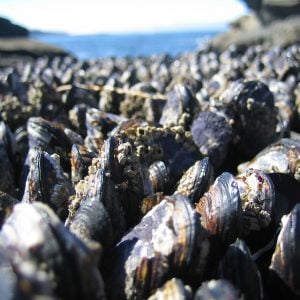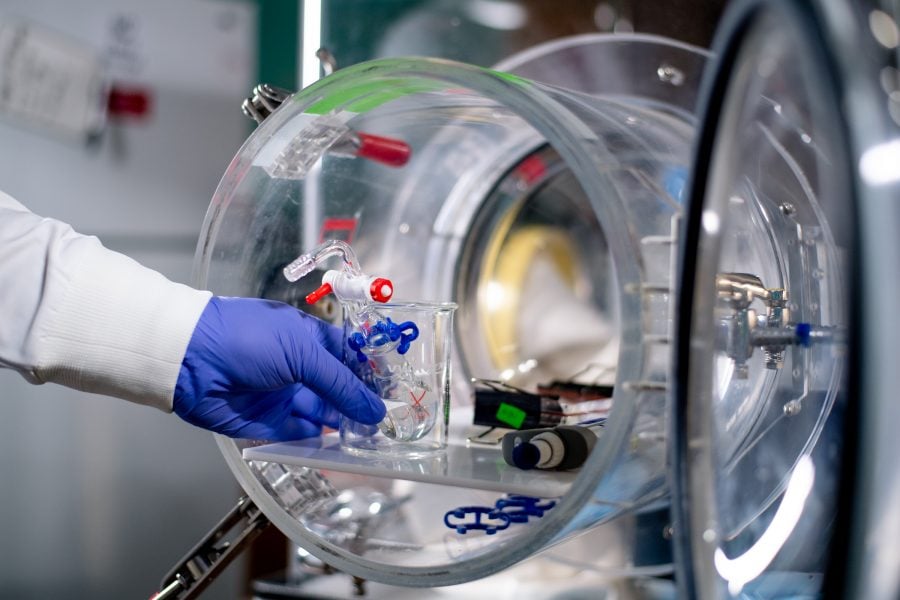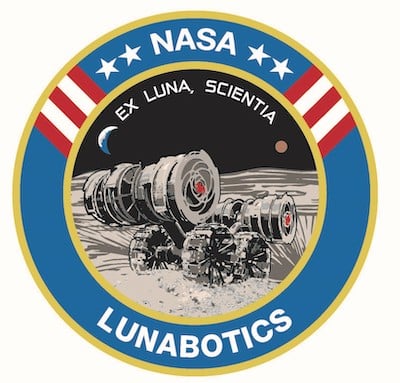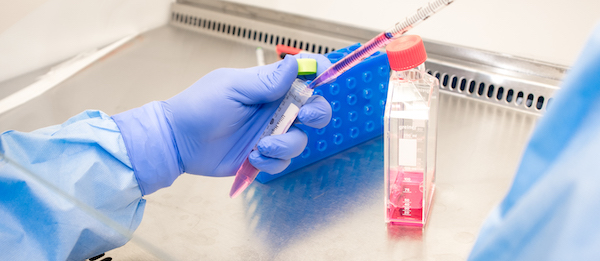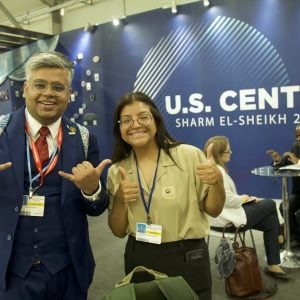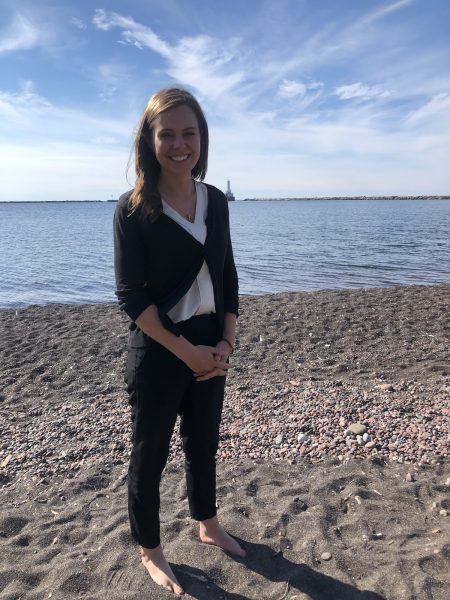
On behalf of the Graduate Student Government (GSG), we would like to express our heartfelt gratitude to all the participants, judges, sponsors and collaborators who made the 2023 Graduate Research Colloquium (GRC) a resounding success. Last week, we witnessed over 80 presentations from graduate students all across the campus, showcasing their outstanding research, creativity and academic excellence.
The GRC ended on a high note with the banquet and award ceremony on Thursday (March 30). We would like to extend our warmest congratulations to the GRC award winners for their exceptional work and dedication.
This year’s GRC winners are:
Poster Presentations
- First Place: Tania Demonte Gonzalez (ME-EM)
- Second Place: Roya Bagheri (ME-EM)
- Third Place: Shreya Joshi (Physics)
Oral Presentations
- First Place: Tania Demonte Gonzalez (ME-EM)
- Second Place: Kyle Wehmanen (KIP)
- Third Place: Jordan Ewing (GMES)
We would also like to thank our esteemed judges for their invaluable time, expertise and insightful feedback. Your participation has been crucial to the success of the GRC and the development of our graduate students.
Our sincere appreciation goes to our sponsors and collaborators — the College of Arts and Sciences, College of Computing, and College of Engineering, the Dean of Students Office, and the Graduate School — for their generous support and partnership. Your contributions have made it possible for us to provide a platform for our graduate students to showcase their research and build their professional networks.
Once again, we thank everyone who participated in and supported the GRC. Your engagement and enthusiasm have made this event a remarkable and memorable experience. We look forward to seeing you again at the next GRC.
By the Graduate Student Government.
Tania Demonte Gonza presented on “Nonlinear Model Predictive Control of a Wave Energy Converter.”
Roya Bagheri presented on “Electrical Stimulation for Maturation of Heart Muscle Cells.”
Jordan Ewing presented on “Remote Sensing using Machine Learning for Off-Road Mobility.”
2023 Graduate Research Colloquium: GLRC Student Award Winners
Congratulations to the Great Lakes Research Center (GLRC) Student Poster Award winners, in recognition of World Water Day, at the Graduate Student Government Graduate Research Colloquium last week:
- First Place: Cassandra Reed-VanDam (CFRES)
- Second Place: Michelle Bollini (CEGE)
- Third Place: Mitch Kehne (BioSci)
By the Great Lakes Research Center.
Michelle Bollini presented on “Dynamic Bioaccumulation Model for a mining impacted Aquatic Ecosystem.”

